
For most people – and I assume this includes many if not most of the readers of this article – chess is a game, not more and not less. It is a fascinating occupation of the mind, which has captivated people for centuries. The game played today, in its origins, is perhaps 1,500 years old. Some might think this is old, but in fact it isn’t. Chess is a newcomer compared to other board games, like Go and Backgammon. Some of the ancient Chinese games like Xiangqi and its predecessor Liubo are estimated to be up to 3,500 years old. But the game of chess, as we know it today, is the most popular and most successful of all these games. It is estimated that around 600-700 million people are able to play chess. I am one of them, as are most likely you, if you have landed on this website.
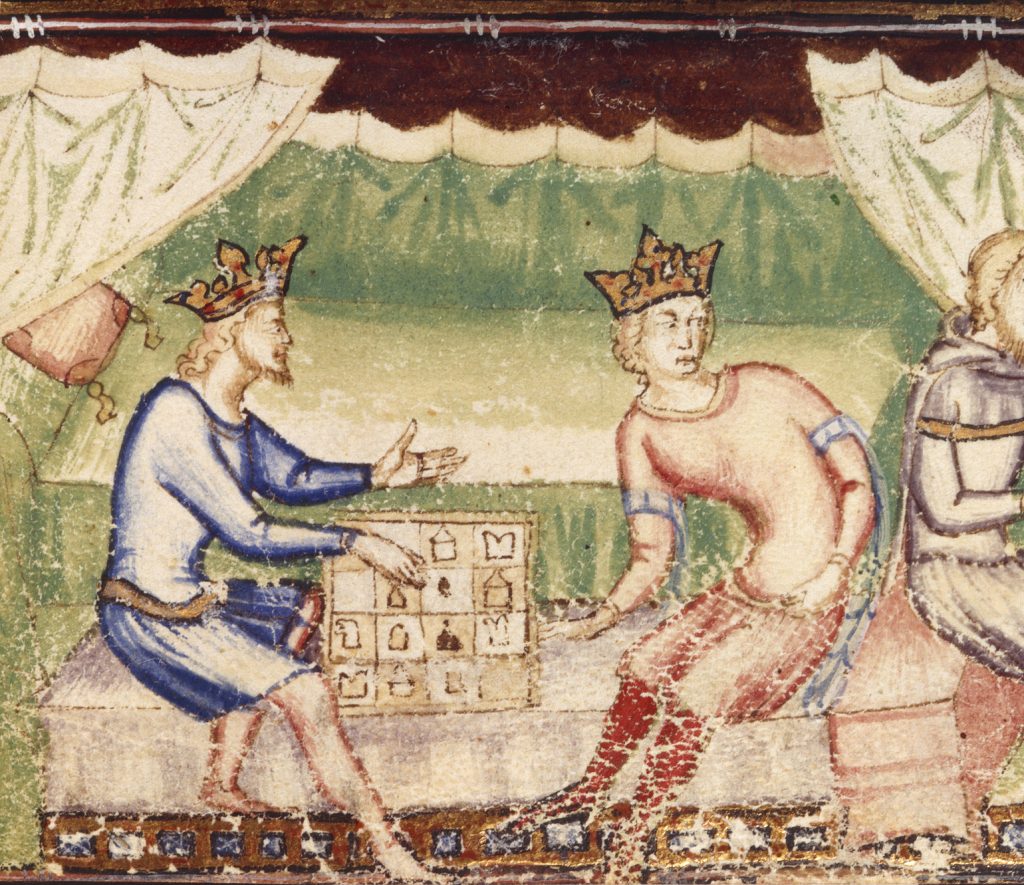
Chess is more than just a game
For me chess is more than just a game. With its 1,500 year old history, it is a subject of historical dimension. Chess has been part of history and has taken developments that were directly related to the course of history itself. Thus, chess has been a mirror of society throughout the centuries.
Today, we tend to play chess in a different way, than it was played 100 or 200 years ago. We can use the means of electronic devices for playing. Computers or mobile phones make physical playing pieces dispensable. Databases with many millions of games played are available for research. The internet provides the ability to play blitz games against opponents at the other end of the world. But at the same time, you can sit down with your neighbour over a wooden chess board and play for hours. It is this versatility of chess, which makes it fascinating for me. Personally, I have never been a gifted player. As a player, I am mediocre at best. But this is absolutely fine. Even though chess is a war game and highly competitive, I am not on a mission. I simply want to enjoy the game and this is something you can do at every level of skill.
However, chess always fascinated me on an entirely different level, which I would probably describe as aesthetical. Chess gets a different aesthetical dimension when you do not regard the game alone, but include the material it is played with. A game of chess becomes a different experience, when you play it with a wooden chess piece in your hand instead of moving pieces with a mouse on the screen. Most people will know this feeling. And it becomes even more of an experience when you play through a historical match, let’s say of the 19th century with a chess set of the same period, for example an ivory chess set made in 1840.
How it all started…
When I developed an interest in chess, I was not aware that things like chess sets from the 19th century exist. I grew up with the ubiquitous standardised chess pieces you could buy in a toy store. But then, one day, I stumbled upon an antique Dutch chess set from the 18th century. It was offered on ebay for a relatively large sum. Well, antiques tend to be pricy. Anyhow, I was flashed (in contemporary expression), because I had not seen anything like that before. I quickly checked my bank account, if I could possibly afford something like that. After a moment of doubt I decided to go for it. The moment it arrived is something I will never forget. The first thing I noticed when I opened the box was a slightly musty scent. But it was not unpleasant at all. It reminded of the scent you notice when you enter an old church or a museum. It was this moment which triggered my desire to dig deeper into this part of chess.
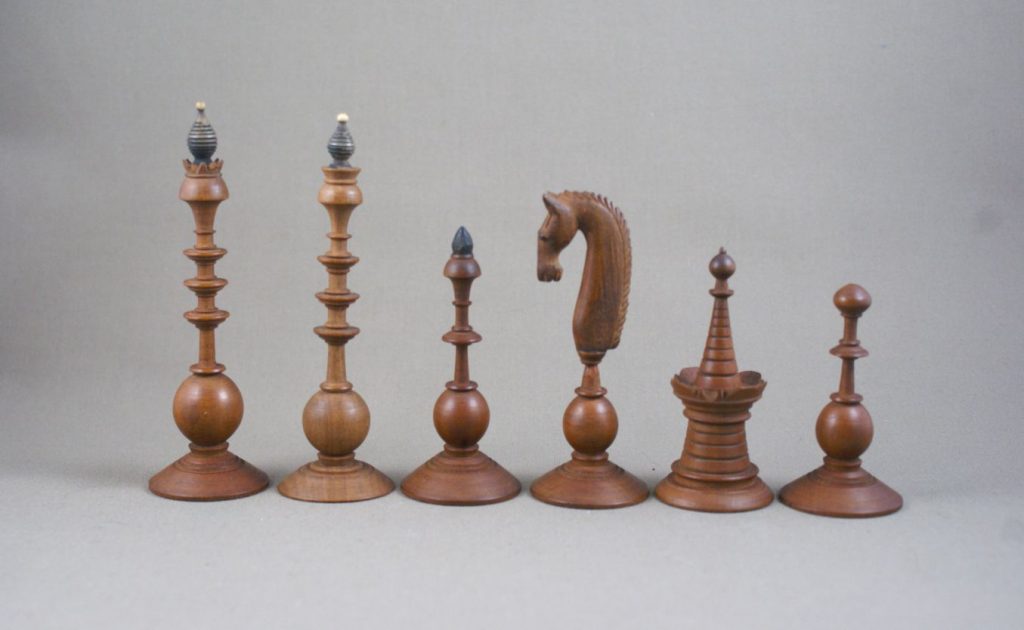
The purchase of the aforementioned chess set marked the beginning of my career as a chess collector, of which I would like to report every now and then on this website. When I talk about chess collecting, I am referring only to the collecting of antique and vintage chess sets. This is what I do. Others are collecting chess books or chess memorabilia, which also qualifies as chess collecting. But what I am going to talk about here is chess sets only.
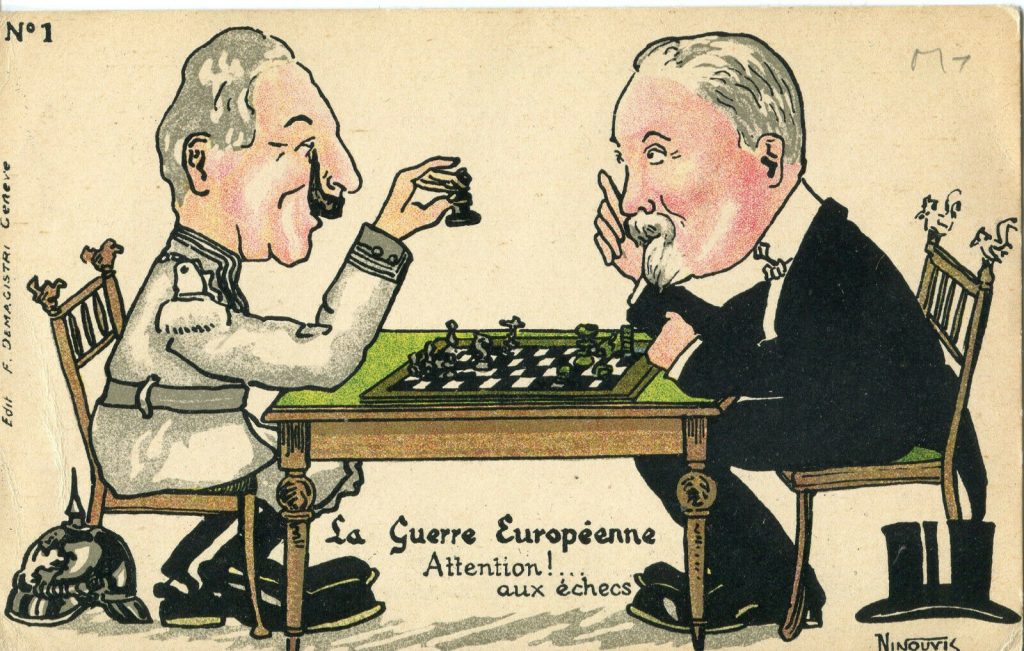
What chess collecting is about
There are far more serious collectors than me. Some collectors are incredibly wealthy and can afford the most exclusive and valuable chess sets in the world. But the fascinating thing is that chess collecting is not a question of money, because once you develop a focus it can be something for everyone. My collection today consists of several hundred chess sets. Some would probably say, I am a hoarder. But collecting chess sets is not about hoarding. It is about passion. The main driver for me to purchase a chess set is to become its curator. The goal is not merely possessing it, but to learn more about it, the way it was made, the material which was used, the particular design, the historical circumstances in which it was created and used etc.
Apart from some individual pieces, which are much older, my chess sets range in time from the 18th century to the present day. They were made from all sorts of material – different types of wood, ivory, bone, porcelain, ceramics, metal, plastic and so on. And they were made all over the world, from the Philippines to Germany, from India to the United Kingdom. When I buy a chess set that fascinates me, I try to learn more about it. This means that as a chess collector you need to look beyond the mere game. You have to acquire a basic understanding of material science and get to know some of the main makers of chess sets. And even more importantly, you need to learn about the different patterns of chess sets used throughout the centuries.
Staunton is not everything
Nowadays, most people only know the Staunton design and they assume this was the design of chess sets from the very beginning. I was like that when I was younger, because I simply did not know better. But the Staunton design was introduced relatively late in time, in 1849, even though it was so successful that all other patterns more and more disappeared. But it was by no means the only design. There is a multitude of other design patterns, which I will try to show in future articles. In fact, even the Staunton design itself is not easy to characterise. This is because there is no common understanding of what design specifications a chess set must have in order to qualify as a Staunton set. Some people take a very narrow view. Others are rather generous and qualify almost everything in use today as Staunton or at least Staunton based.
Let’s leave it like that for today. To whet your appetite for more articles in the future, I’ll end by showing you a few photos of chess sets from my collection. If you want to see and read more of them, I can only recommend following this website. There is an entire world of interesting chess sets out there. Look out for my next article or get an impression on my website www.chess-collection.de.

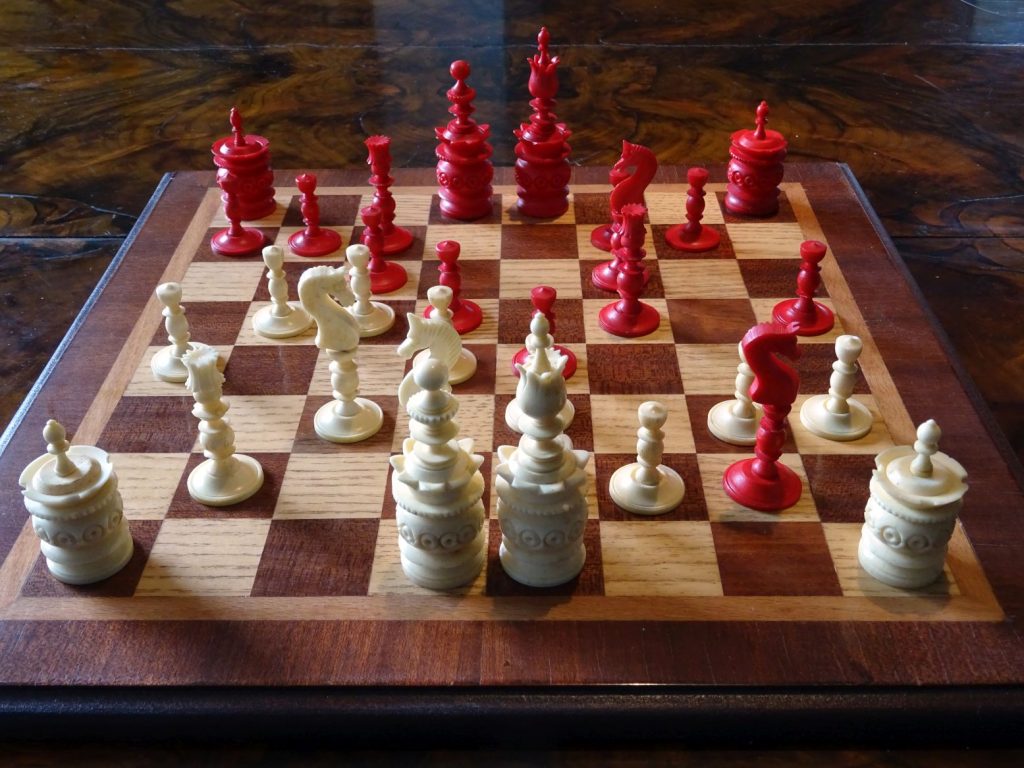
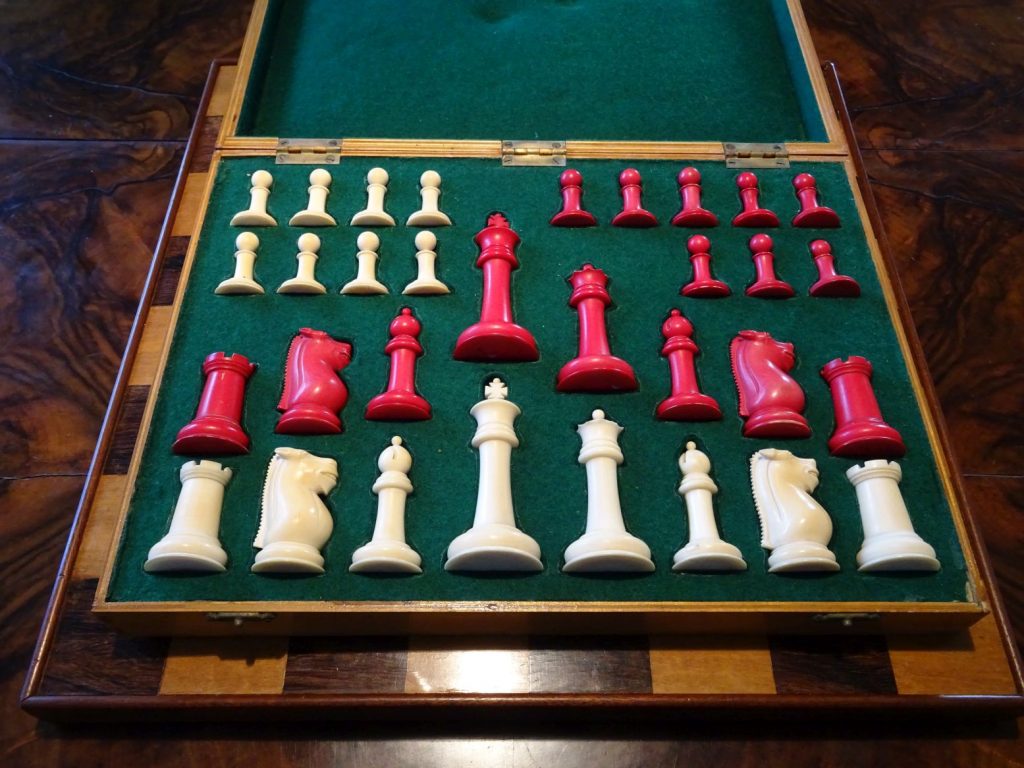

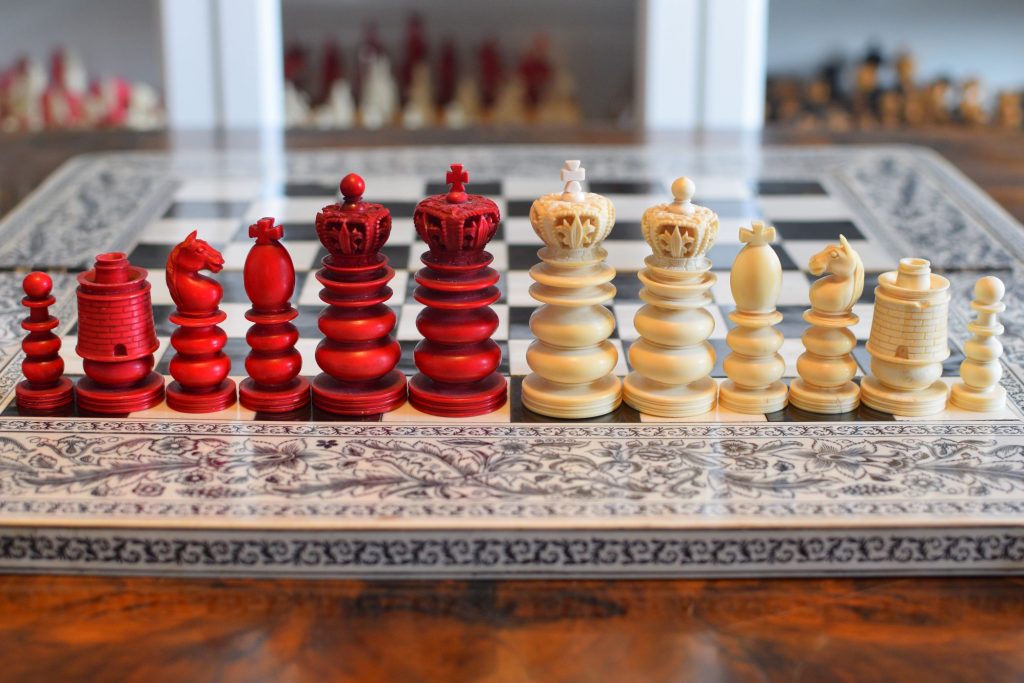

Pingback: Chess collecting - the story continues - Chess News And Views
Roman Polywkan
Holger Langer